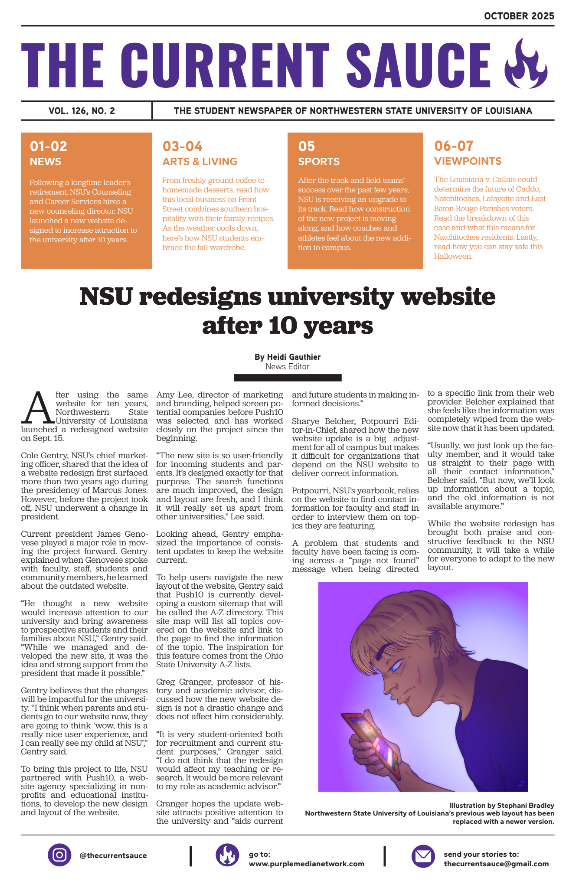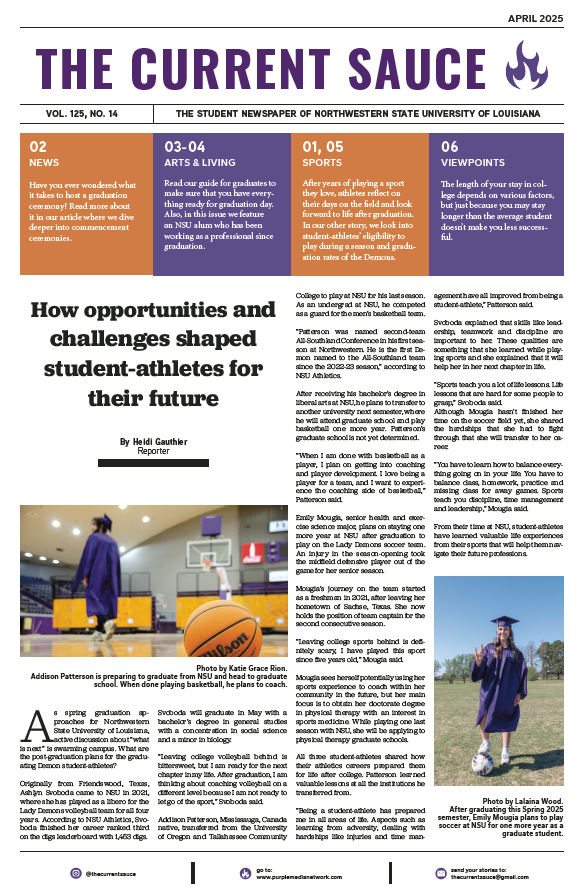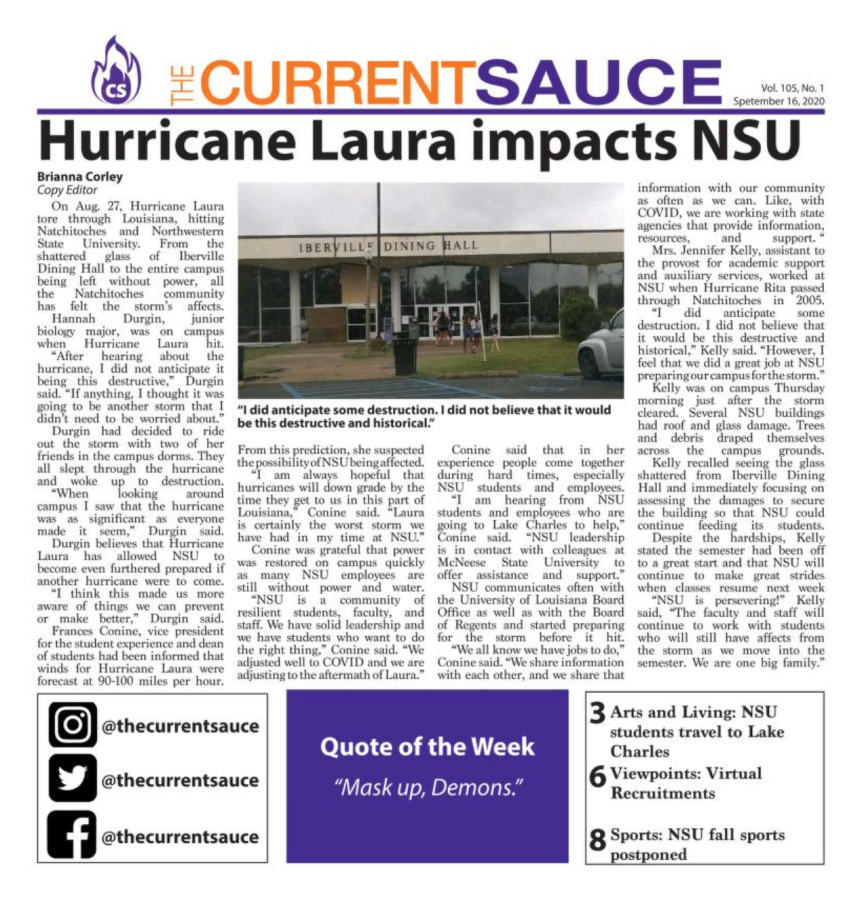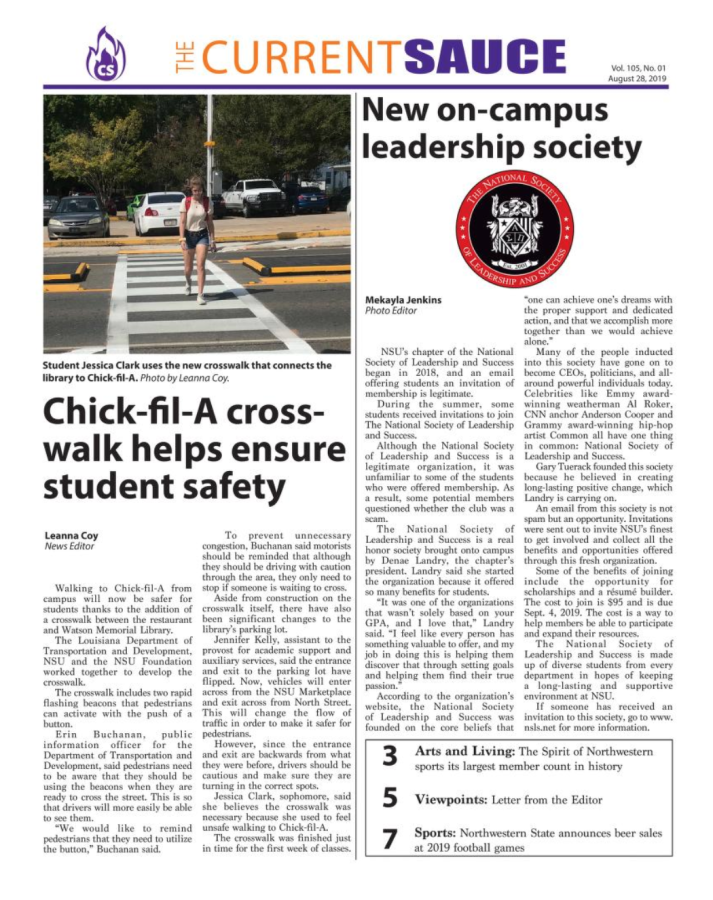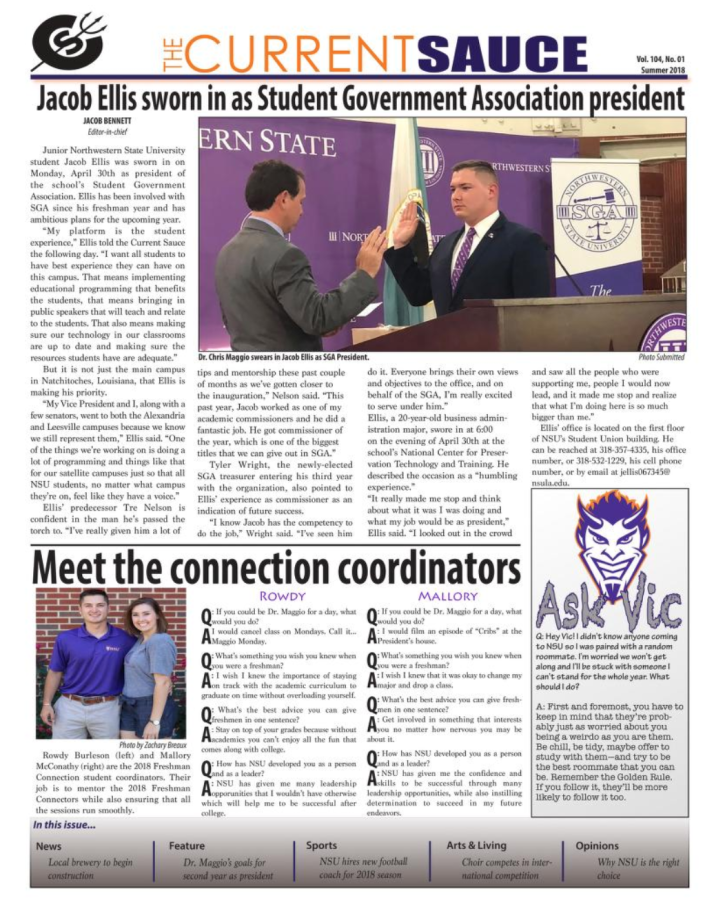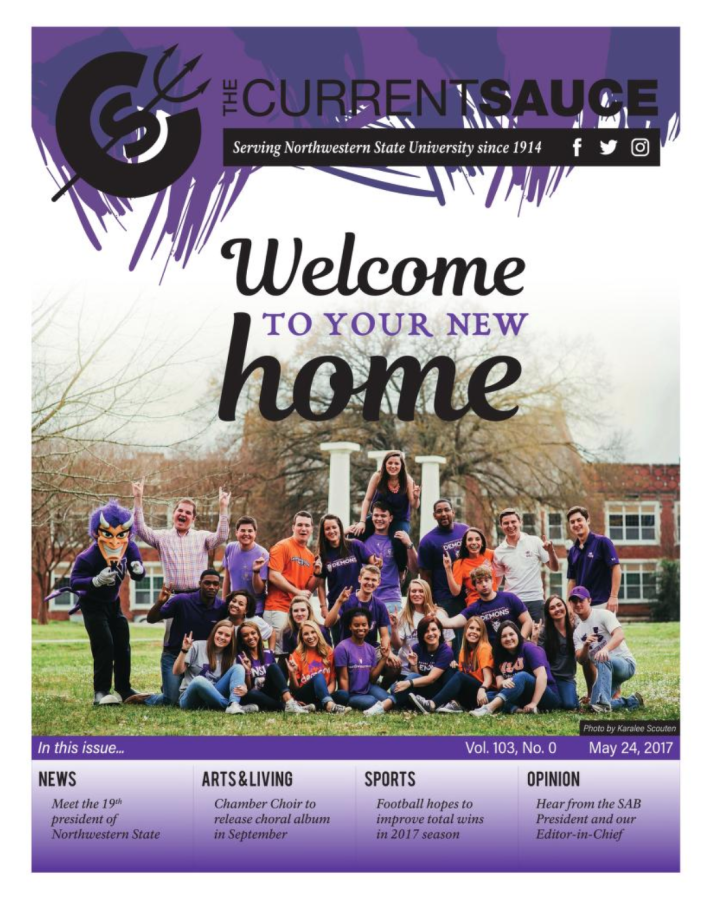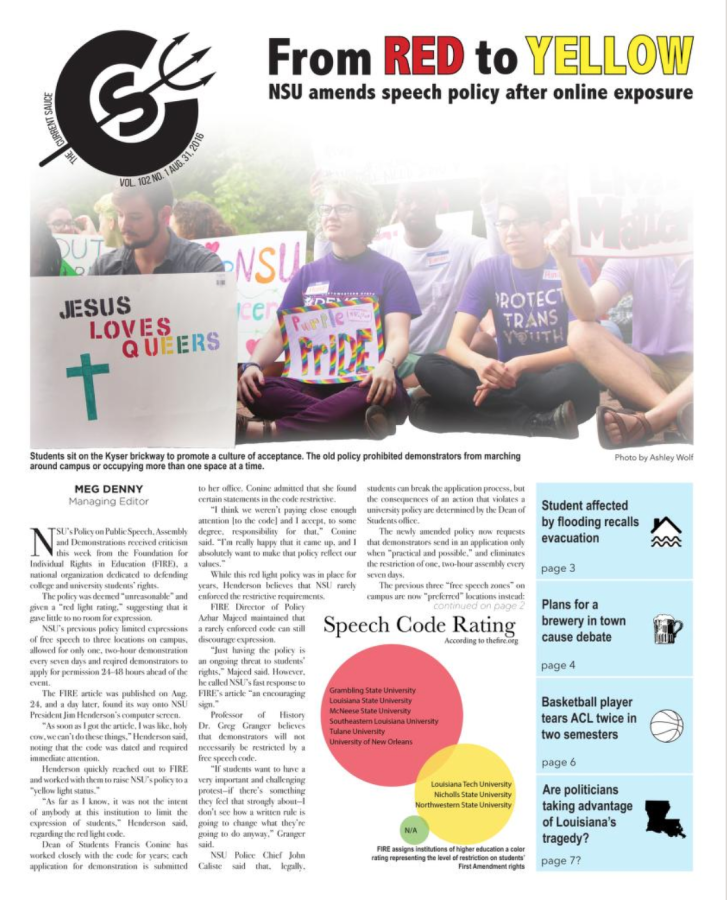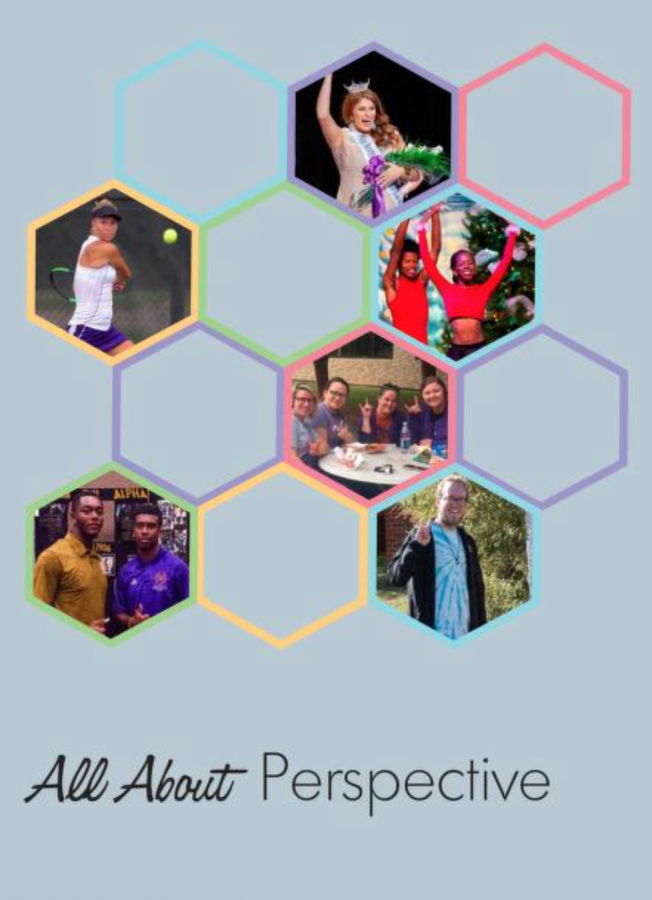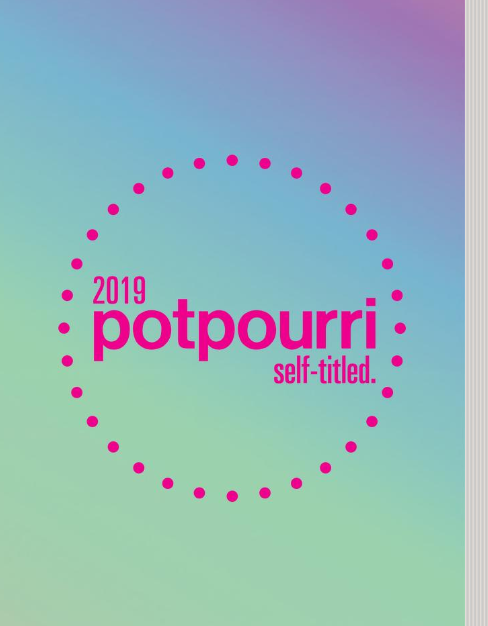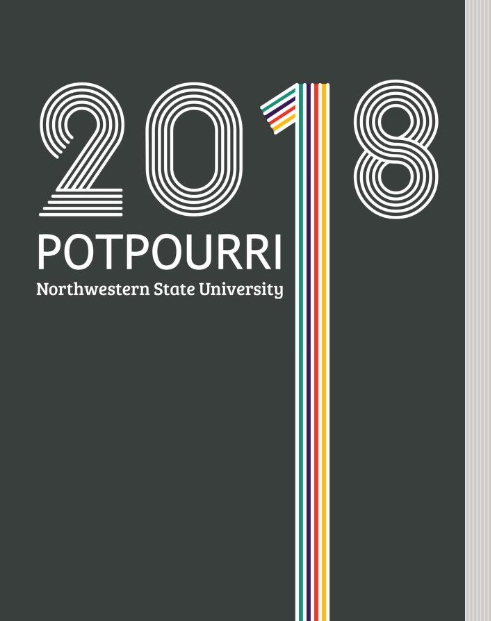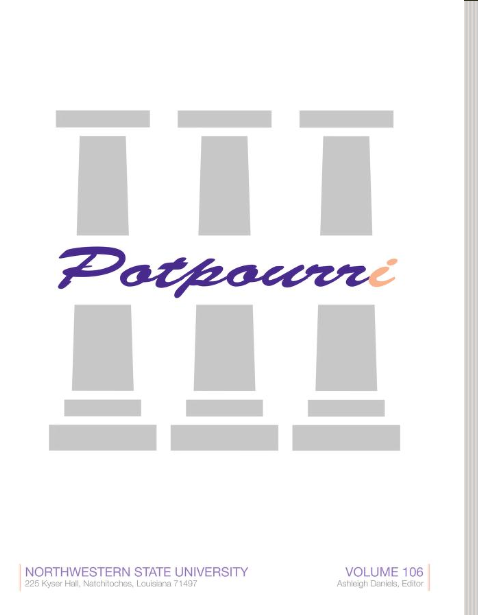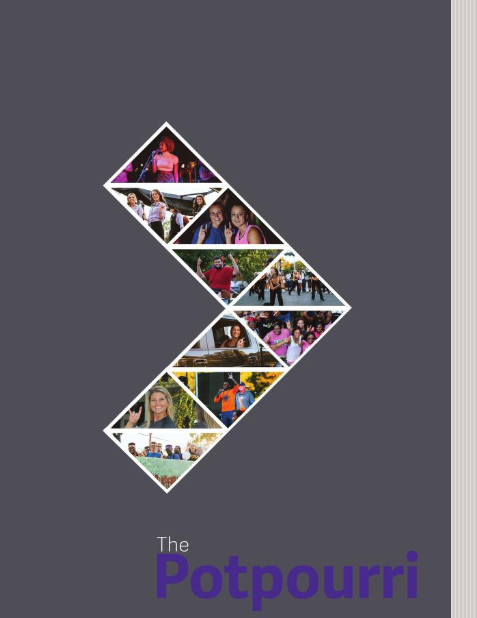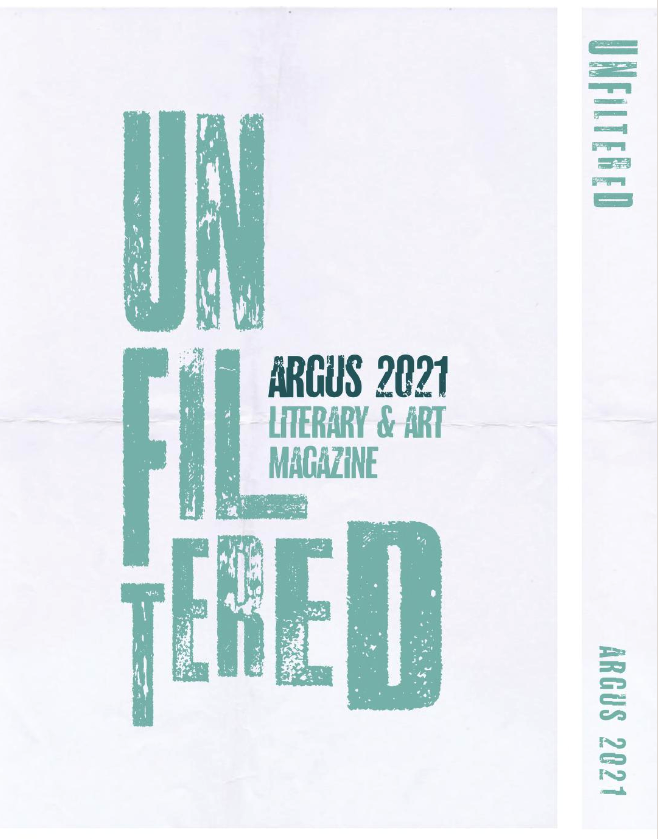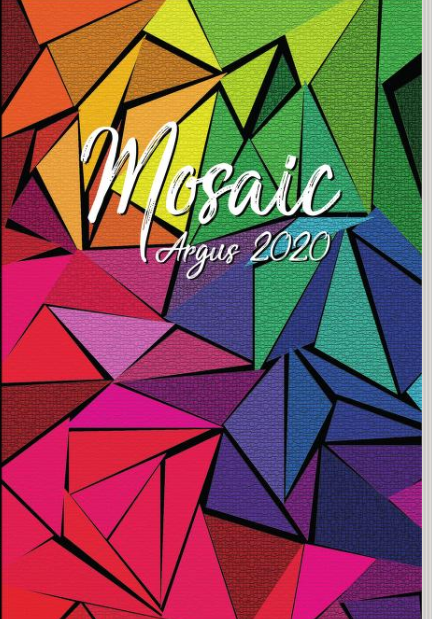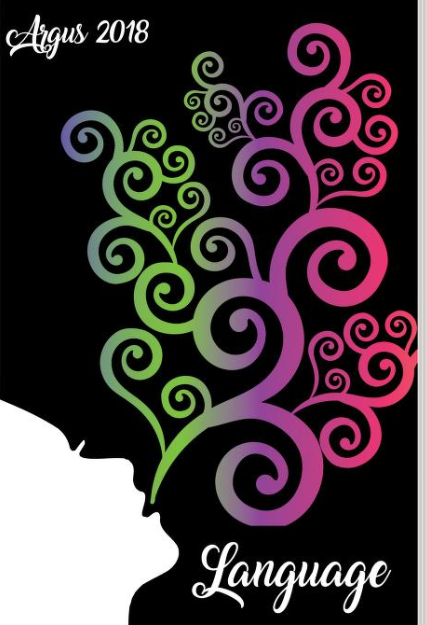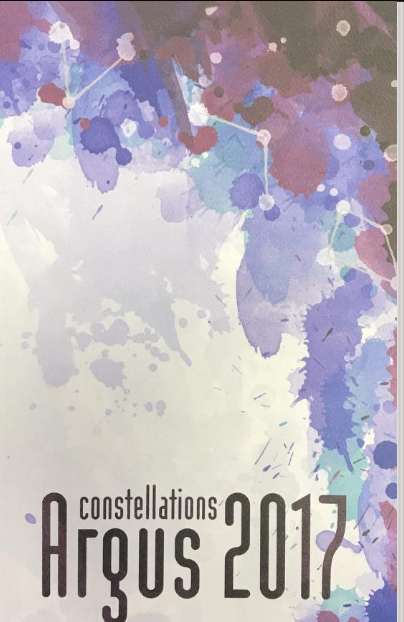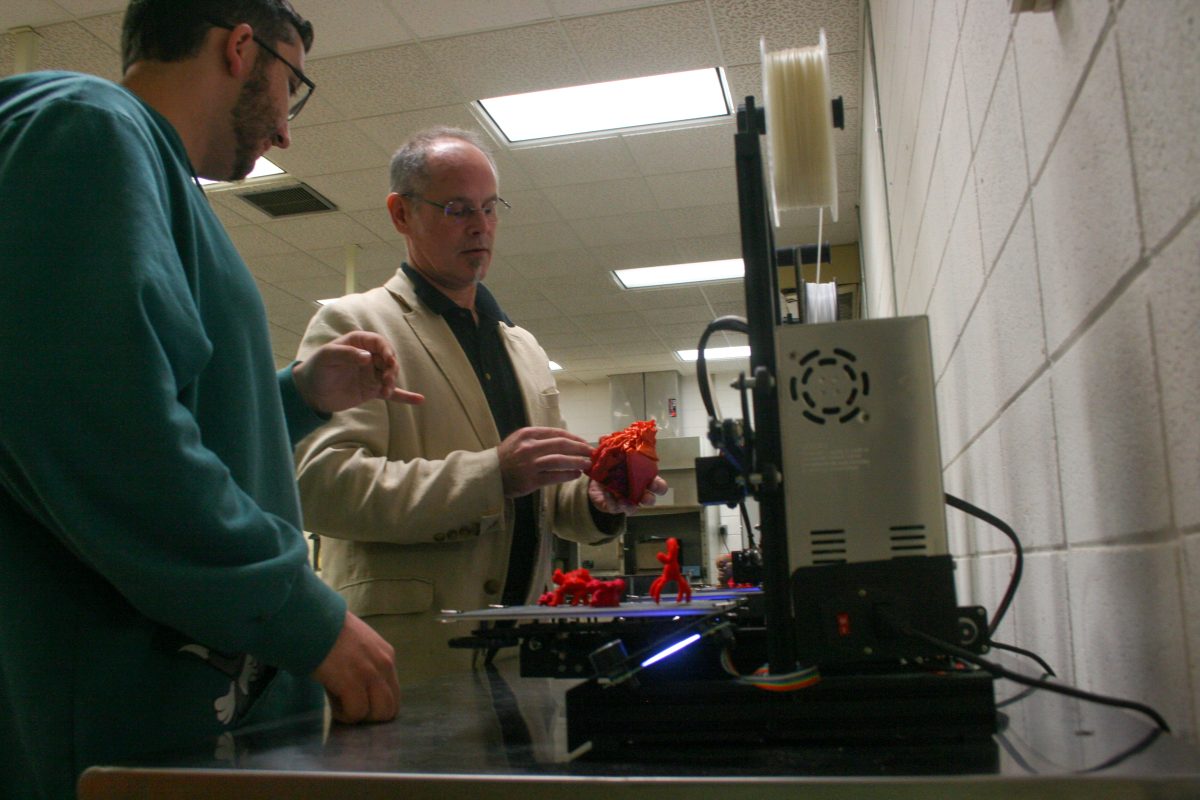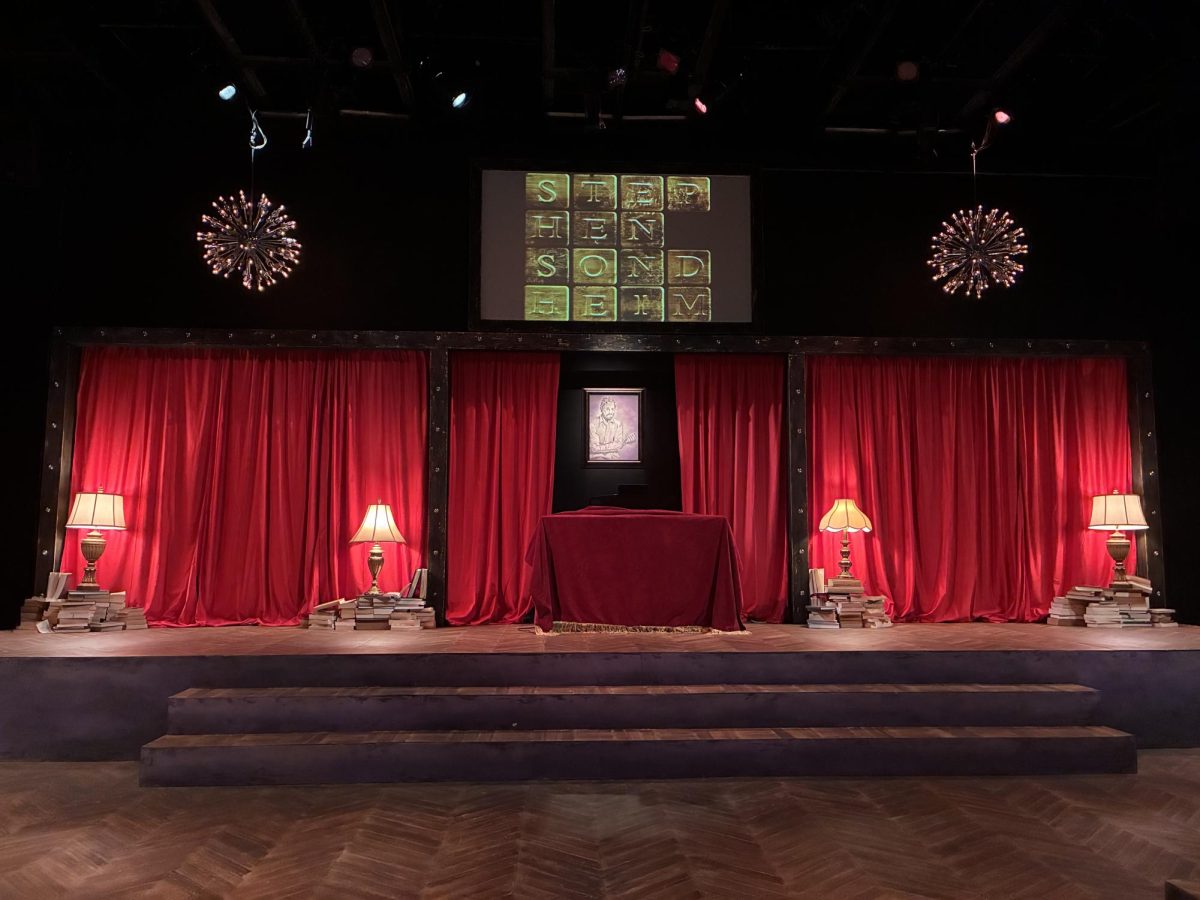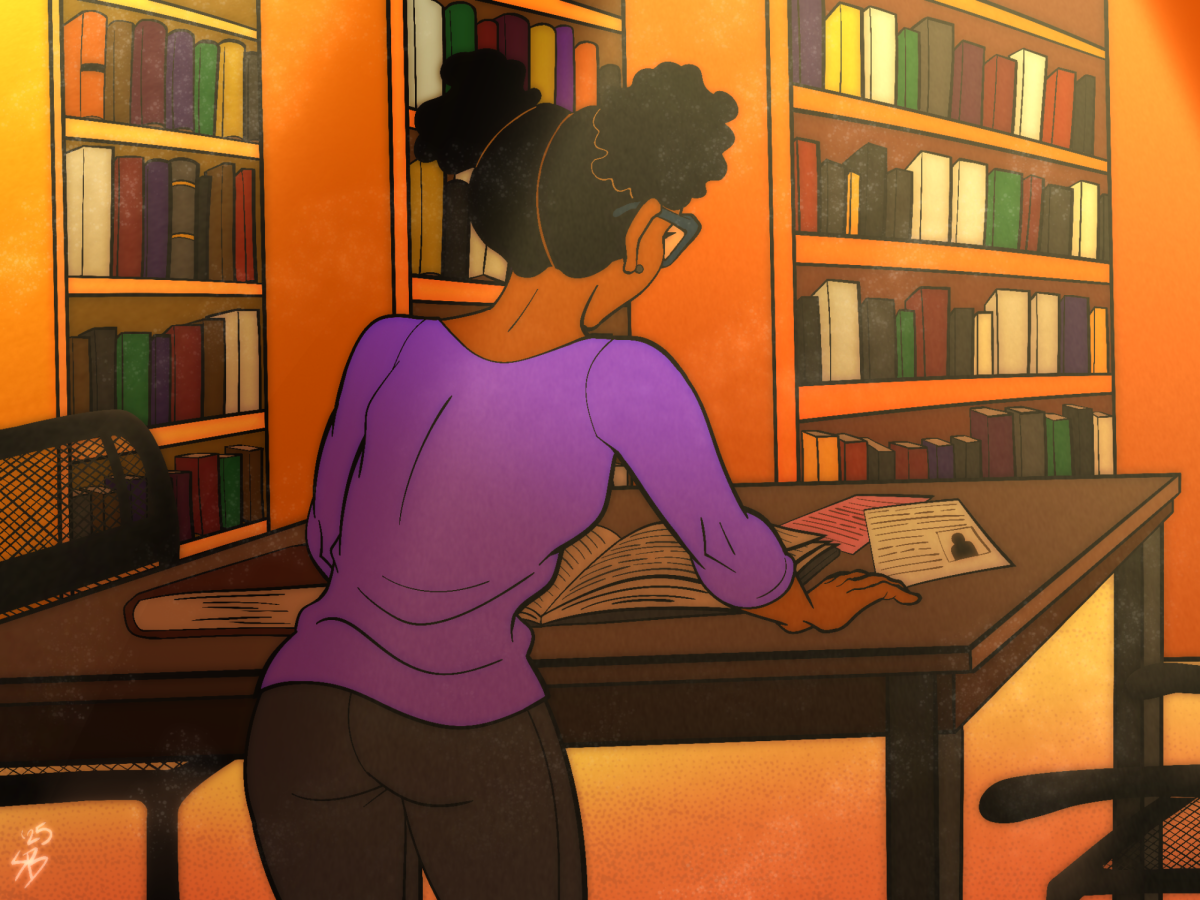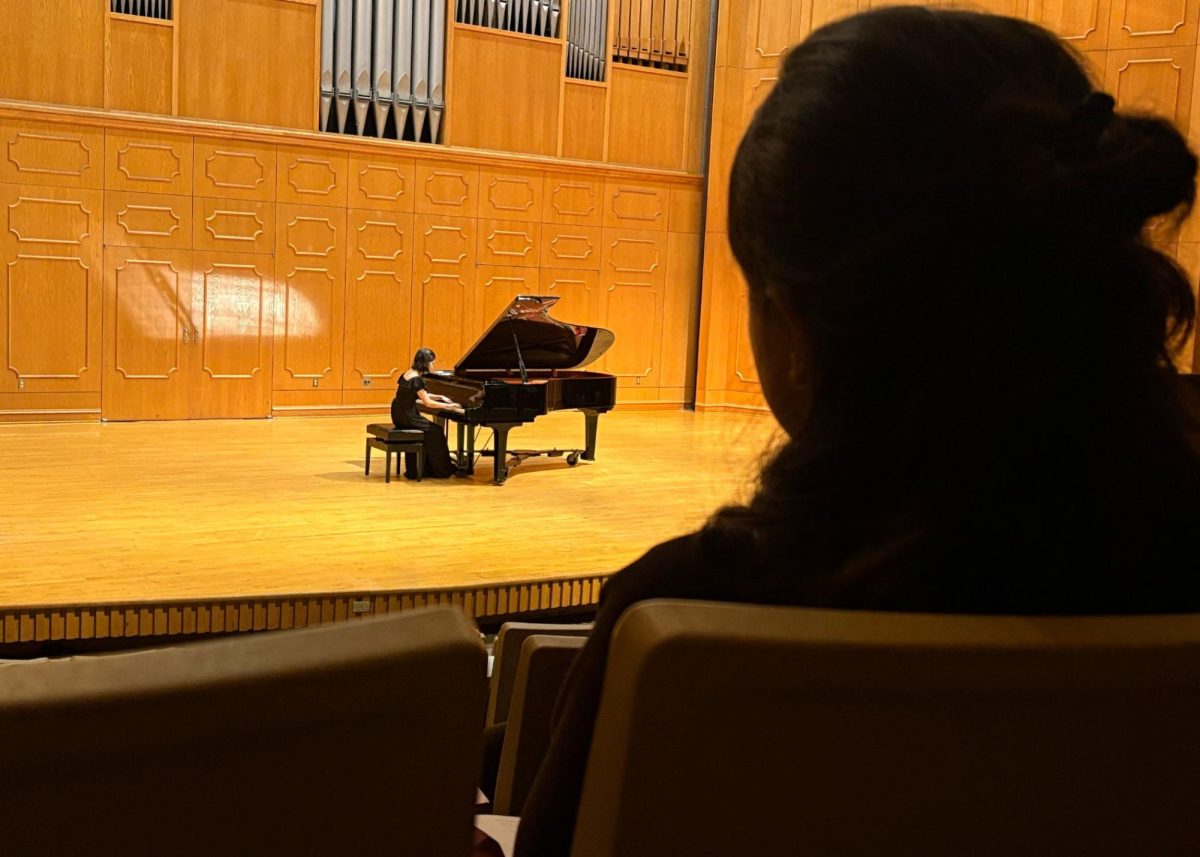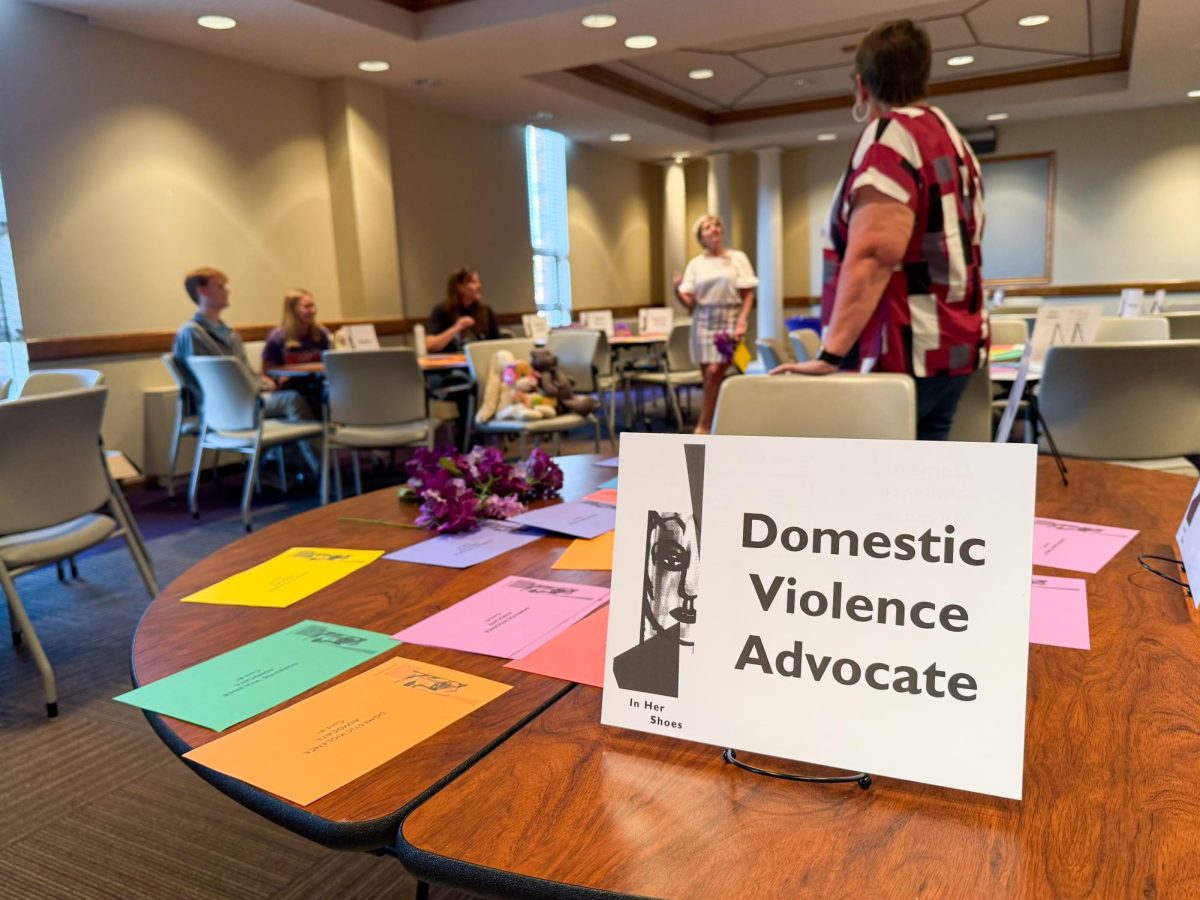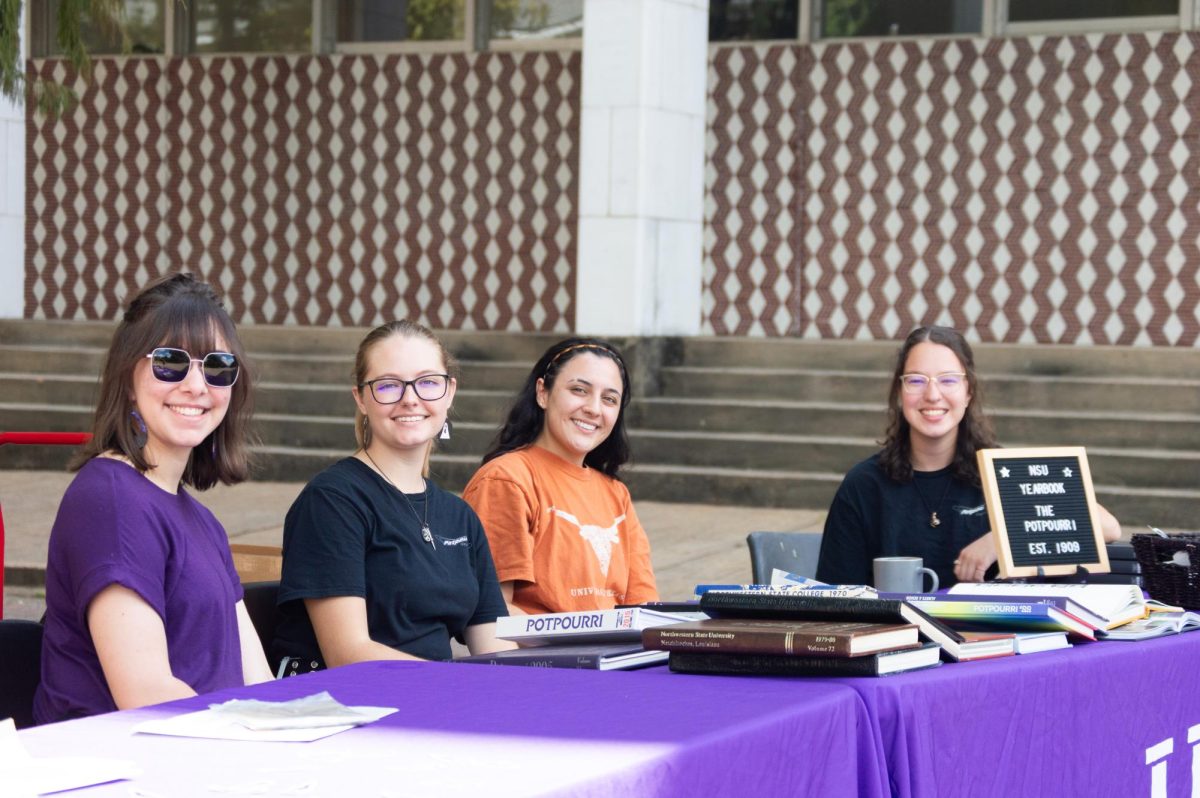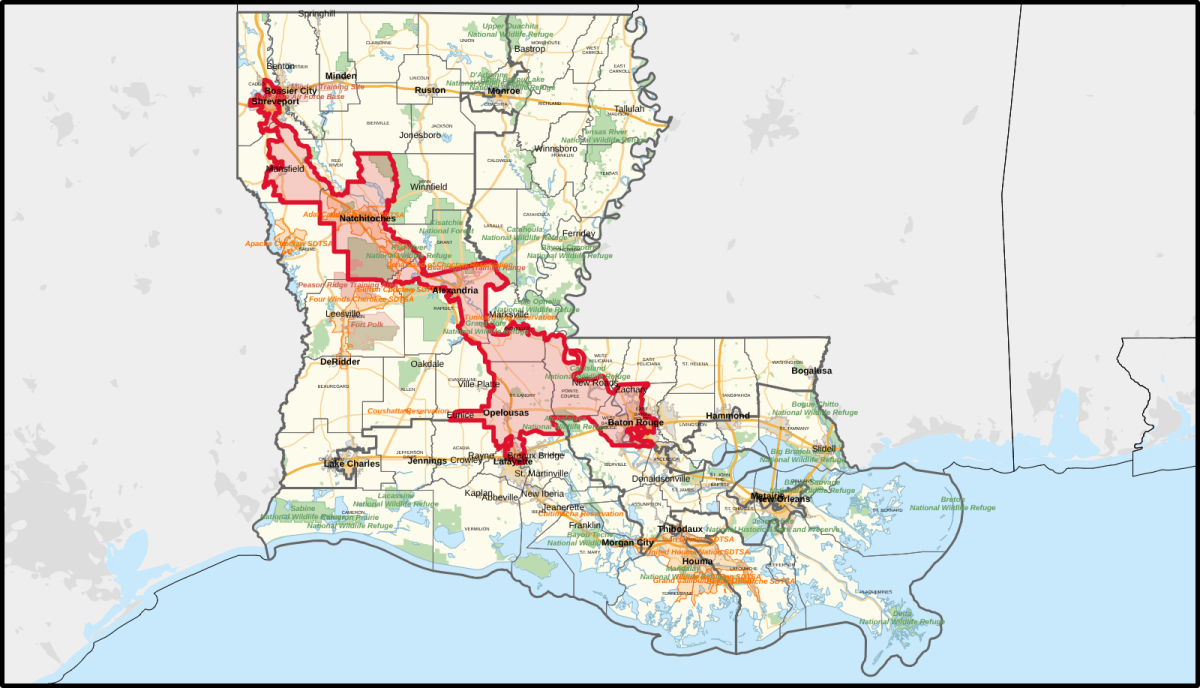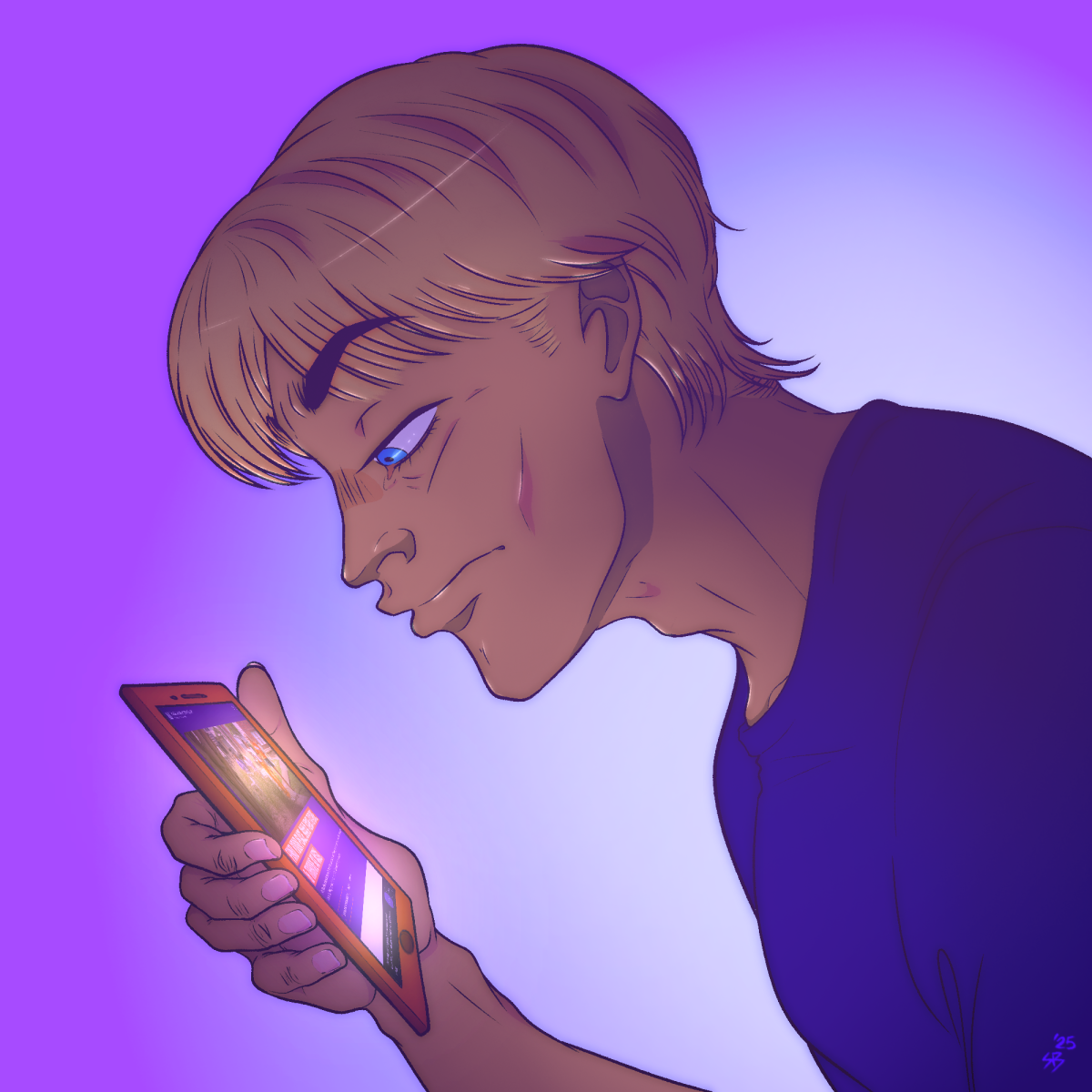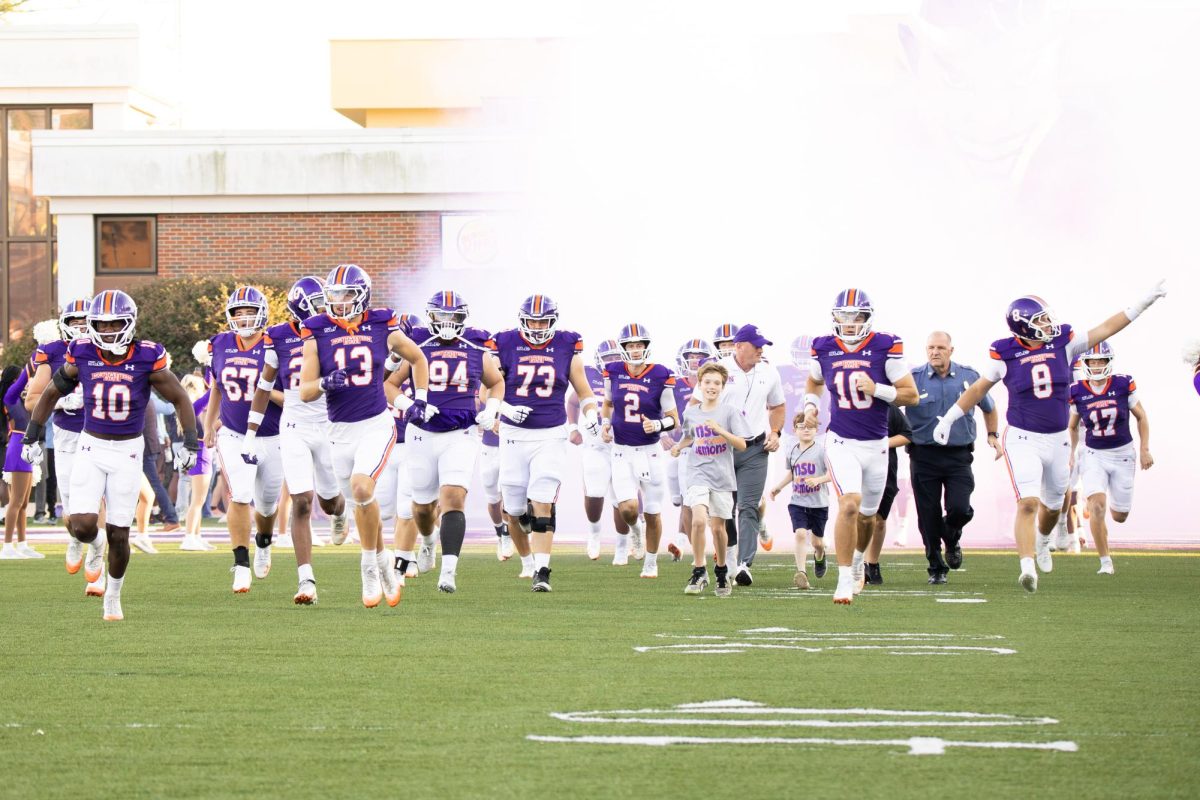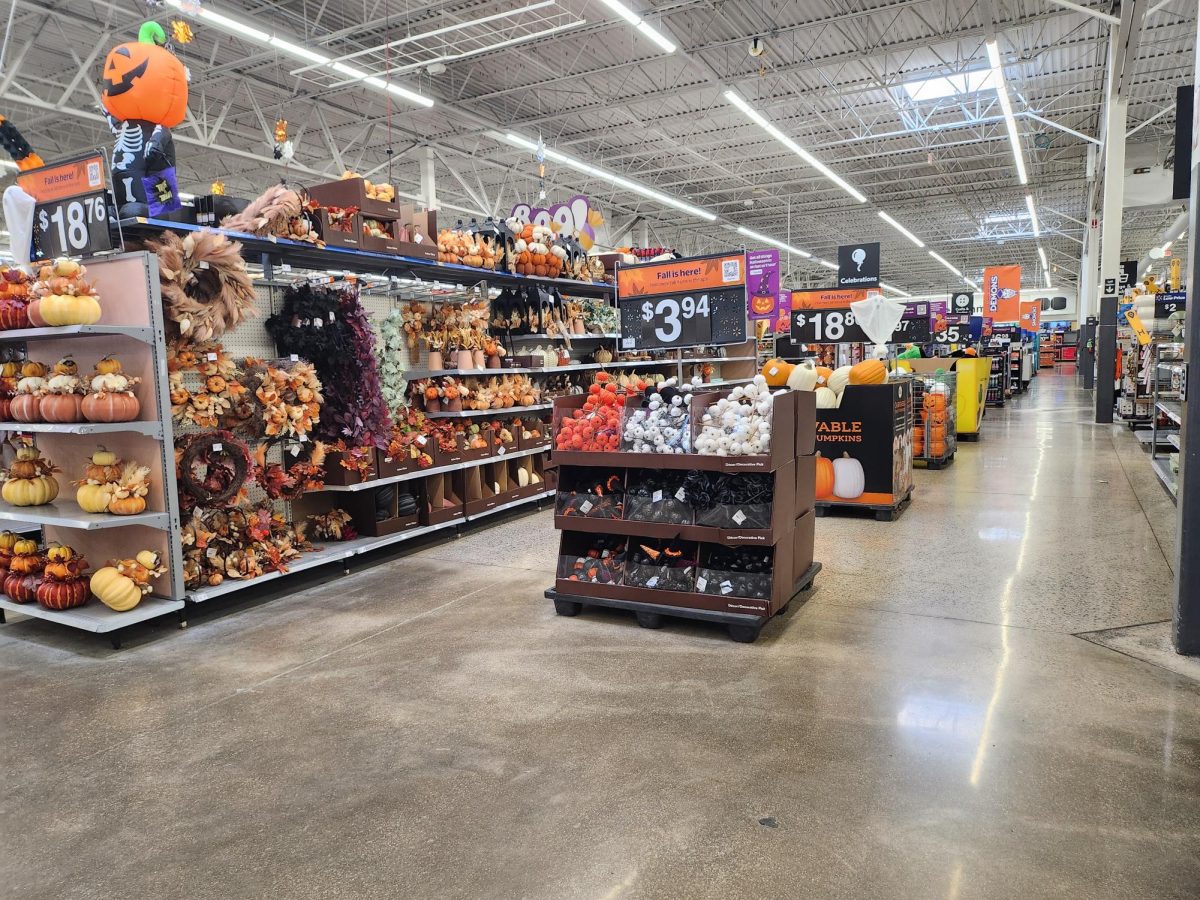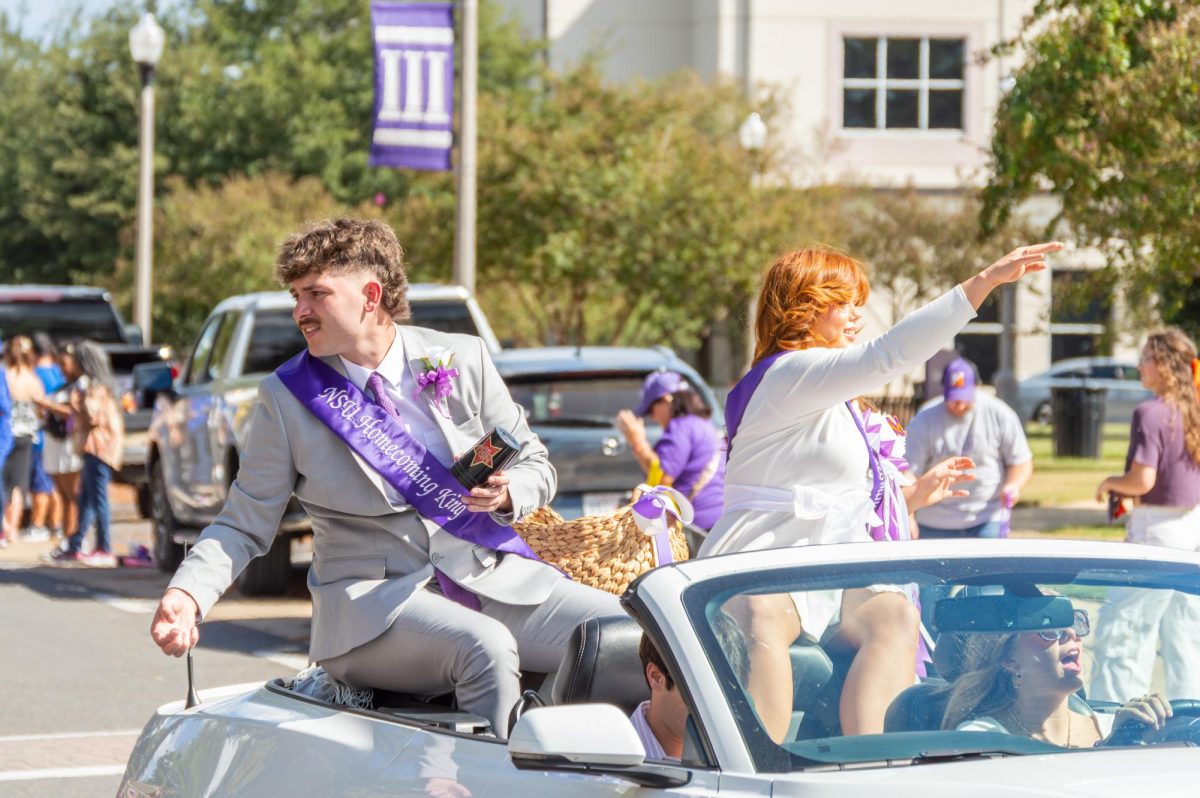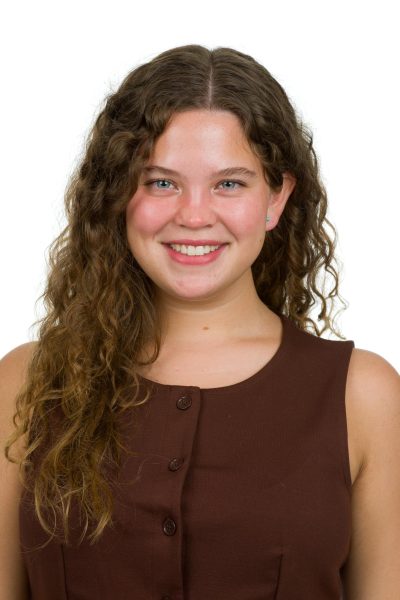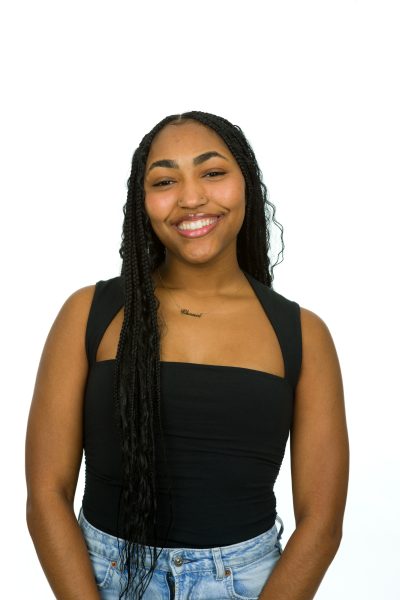Virtual Reality (VR) is a form of technology that has been around for years and has found a prominent role in classrooms at Northwestern State University of Louisiana. VR is becoming more and more popular, and it has made its way into academics.
At NSU, there are classes in which Virtual Reality aids students in completing assignments. Corbin Covher, an associate professor of art and the art department facilities manager, is the professor of the class Advanced Studio Problems (ART 4030), which is an independent study course.
“It is an independent study type of class where students work on their own in the computer lab to create 3D models for 3D printing,” Covher said. Aside from 3D modeling, the class offers students the opportunity to explore programs using VR. However, the class uses VR for more than just 3D modeling.
“The students have been able to try out an architecture and a painting program as well,” Covher said.
Colton Bailey, a student in Covher’s class, shared his experience in the class. “3D modeling has been a passion of mine, and the ease of use with the VR software allows me to pursue the passion without much headache,” Bailey said.
NSU is expanding its horizons when it comes to new opportunities for students. Students like Bailey have the chance to enhance their creative abilities and delve into the digital realm.
“This was my first time using VR,” Bailey said. “The freedom to create is the coolest thing about the program given that all projects are in the digital world, and there is no practical limit to the space you have to work with.”
The success of VR integration in Covher’s class has led to its adoption in other courses, like Collier Hyams’ New Media 4.
Hyams, a senior professor of art with a degree in integrated electronic arts and music, described the classes where VR would be included in the coursework.
“Art 4610 New Media Design III is our 3D modeling, printing and animation class,” Hyams said. “Art 4810 New Media IV is experimental media arts. Art 5700 is advanced problems in new media design.”
While these courses teach students the potential of VR and other emerging technologies, they are clearly not reaching the extent of what VR is capable of.
“My work with VR dates back to my graduate degrees where we explored creating music, visuals, architecture, live performance and world creation,” Hyams said. “I was even in a VR band that played at Switzerland’s Montreux Jazz Festival. All of this is to say that the possibilities are wide open.”
Instead of VR solely being used as a form of entertainment, as it is for most people, having VR technology at NSU allows students numerous opportunities to create. Students can push the boundaries of creativity much further through the help of VR.
Bailey summed up his experience, noting, “I would recommend the class to a fellow student with the mindset that speed isn’t everything. VR speeds up the creation process, but good ideas take time.”

